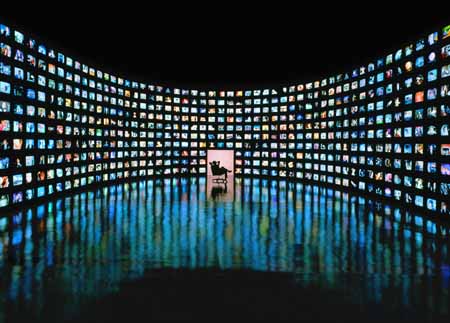Window / Glass / Screen (monitor/monitoring)
-
» (Method) in MEmorial: imaging “foregrounds the need for a poetics of using the visible to write the invisible” (111)
cf. “the optical unconscious” (103−05)
& “image category” of material signifiers (in “wreckwork”); examples (52−3)
→ “The goal of Traffic Sphere” [prototype/proposal] “is to make highway fatalities perceptible, thinkable, recognizble as sacrifice—
to shift them from the private sphere of one-at-a-time individual, personal loss to the public sphere of collective values.” (43)
» Network Witness (blog tasks):
- “Monitor the daily news” — and social network(s)? — to “find a report or story that troubles you or stings you in some way.
Document the story and do some research on the background of the problem and the policy issues related to it.” (65)- “gather details” — material signifiers (as discussed from Chp 2)
- “The feeling aroused by this story constitutes the call to a consultation on behalf of the EmerAgency” (Problems B Us)
- “start an archive of pictures and text [and other media] found on the Internet that could serve as a vocabulary of stock representations of your news event as a scene.” (71)
- “the Internet is a collage engine.“
“a substitute image (picture or text) works just as well as the actual one, since the point is generative, to trigger or cue the atmosphere or mood, not the empirical reproduction of a past reality.” (71)
- “the Internet is a collage engine.“


